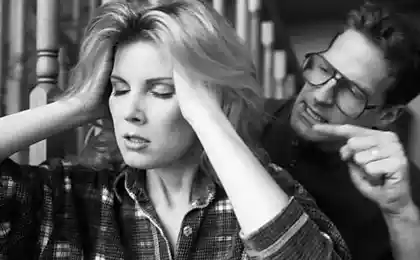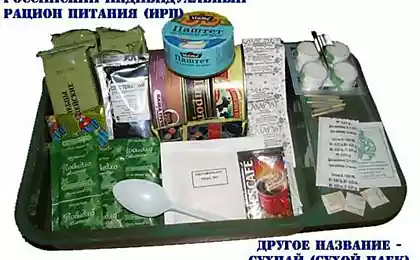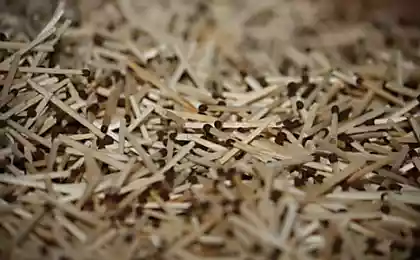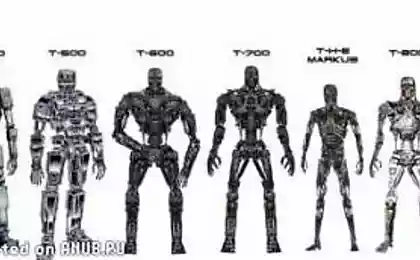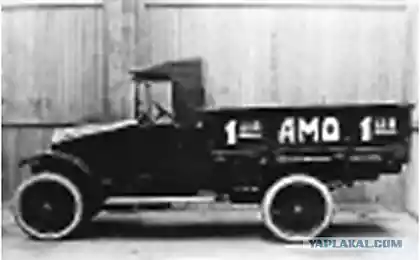789
How to make a match (26 photos)
Zanbatist blogger writes: On the day the forester 19 September to familiarize visited with his team of workers Cherepovets Match Factory "FESKO."
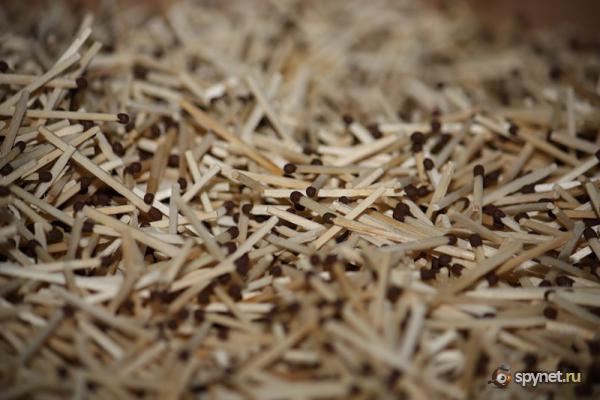
Deftly passing strict CPR and get permission to shoot "professional equipment" was the territory.
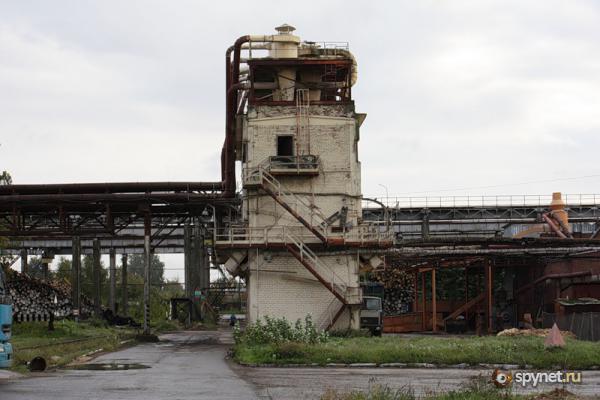
How is it made of wood to carve a little match? It turned out pretty simple. Take timber, cut it into thin sheets, cut already on the sticks of matches. Sami logs with the ends painted with lime, so as not to spoil.


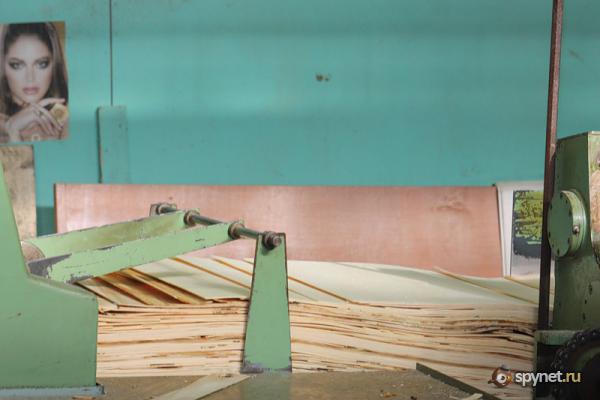
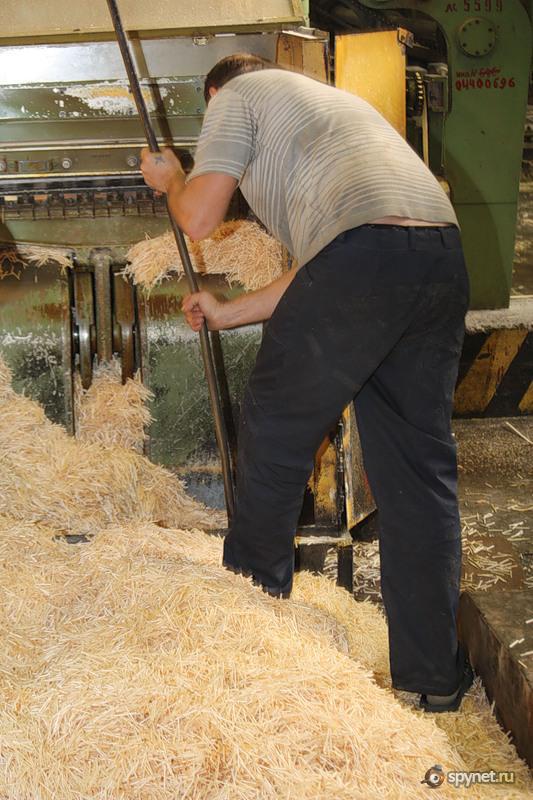

Here the production is divided. One of the pieces of match-sticks in the boxes are sent to other countries for what they were doing there at the matches themselves.

The rest of the blanks are in the further production of the matches - in a chemical shop (where I was for security reasons was not allowed). There matchbox stick impregnated with phosphoric acid, and after parafiniruyut that they do not spoil (all who chews a match - immediately spat it). Then the workpiece is dipped into a solution of sulfur, to get match heads.
Incidentally, how to dip. Headings are inserted into match-matrix tape 2 meters in width, is dipped into a solution of an incendiary. Then this tape match heads are dried. Impressive sight, I tell you - thousands of matches in orderly rows.


While the matches dry, another workshop made matchboxes. On the huge rolls of cardboard printed pattern, "grater-chirkalku" is applied there, the next step.

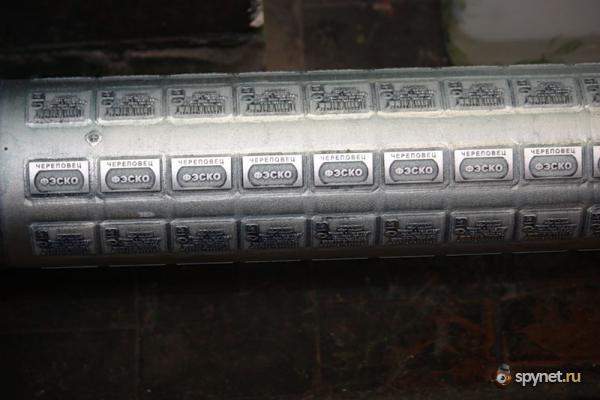

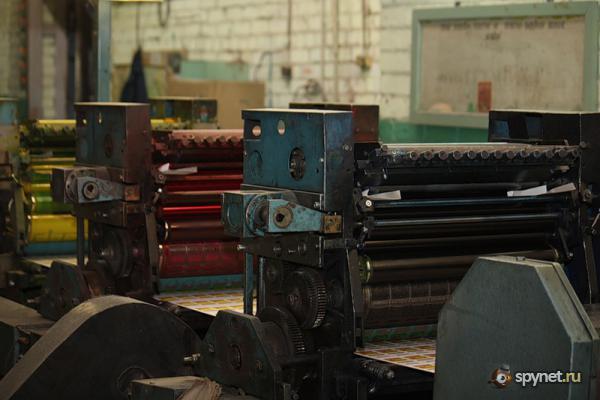


Once printed blanks are cut and folded into a box by shooting from the corner of the film "Wanted».


Next comes the content of the box. Interestingly, during the Soviet era in the box was about 60 matches, Russia has already put in boxes of 50 matches, after the crisis was about 40 (it reminded me of the package with barley in store at 900 grams - like and pack a whole, and the price of both kilogram).


Then filled with boxes packed with plastic wrap into blocks of 10 pieces. The blocks are packed in boxes and shipped to buyers.


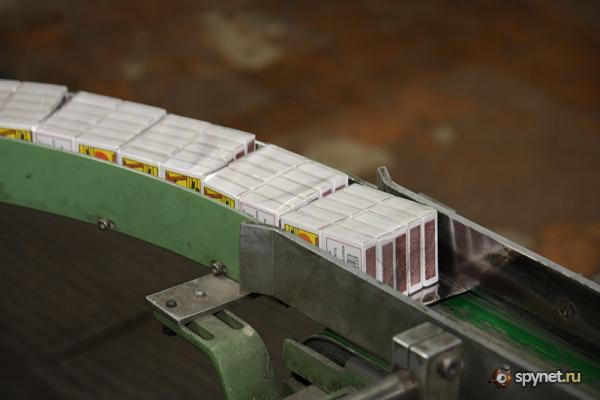

Interestingly, the majority of workers in the workshops - women and young people. And everywhere are the ruins of the former Soviet past - propaganda posters and slogans, in places converted for modern (as in the photo below, the flag of the Soviet Union changed two strokes under the Russian tricolor).

At the end of the tour all participants presented on the block of the matches of all sizes - large travel (burn 3 minutes), extended the usual hunting and in a beautiful package.
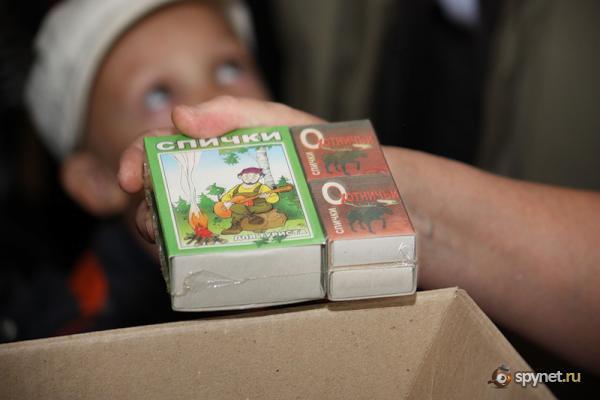

Deftly passing strict CPR and get permission to shoot "professional equipment" was the territory.

How is it made of wood to carve a little match? It turned out pretty simple. Take timber, cut it into thin sheets, cut already on the sticks of matches. Sami logs with the ends painted with lime, so as not to spoil.





Here the production is divided. One of the pieces of match-sticks in the boxes are sent to other countries for what they were doing there at the matches themselves.

The rest of the blanks are in the further production of the matches - in a chemical shop (where I was for security reasons was not allowed). There matchbox stick impregnated with phosphoric acid, and after parafiniruyut that they do not spoil (all who chews a match - immediately spat it). Then the workpiece is dipped into a solution of sulfur, to get match heads.
Incidentally, how to dip. Headings are inserted into match-matrix tape 2 meters in width, is dipped into a solution of an incendiary. Then this tape match heads are dried. Impressive sight, I tell you - thousands of matches in orderly rows.


While the matches dry, another workshop made matchboxes. On the huge rolls of cardboard printed pattern, "grater-chirkalku" is applied there, the next step.






Once printed blanks are cut and folded into a box by shooting from the corner of the film "Wanted».


Next comes the content of the box. Interestingly, during the Soviet era in the box was about 60 matches, Russia has already put in boxes of 50 matches, after the crisis was about 40 (it reminded me of the package with barley in store at 900 grams - like and pack a whole, and the price of both kilogram).


Then filled with boxes packed with plastic wrap into blocks of 10 pieces. The blocks are packed in boxes and shipped to buyers.




Interestingly, the majority of workers in the workshops - women and young people. And everywhere are the ruins of the former Soviet past - propaganda posters and slogans, in places converted for modern (as in the photo below, the flag of the Soviet Union changed two strokes under the Russian tricolor).

At the end of the tour all participants presented on the block of the matches of all sizes - large travel (burn 3 minutes), extended the usual hunting and in a beautiful package.







